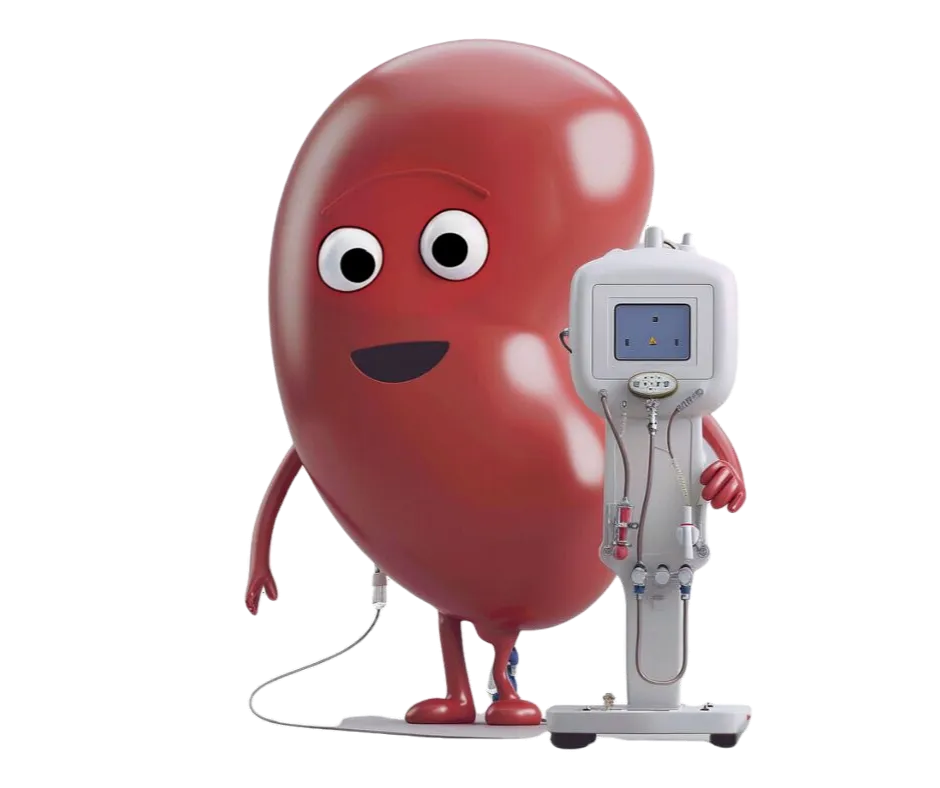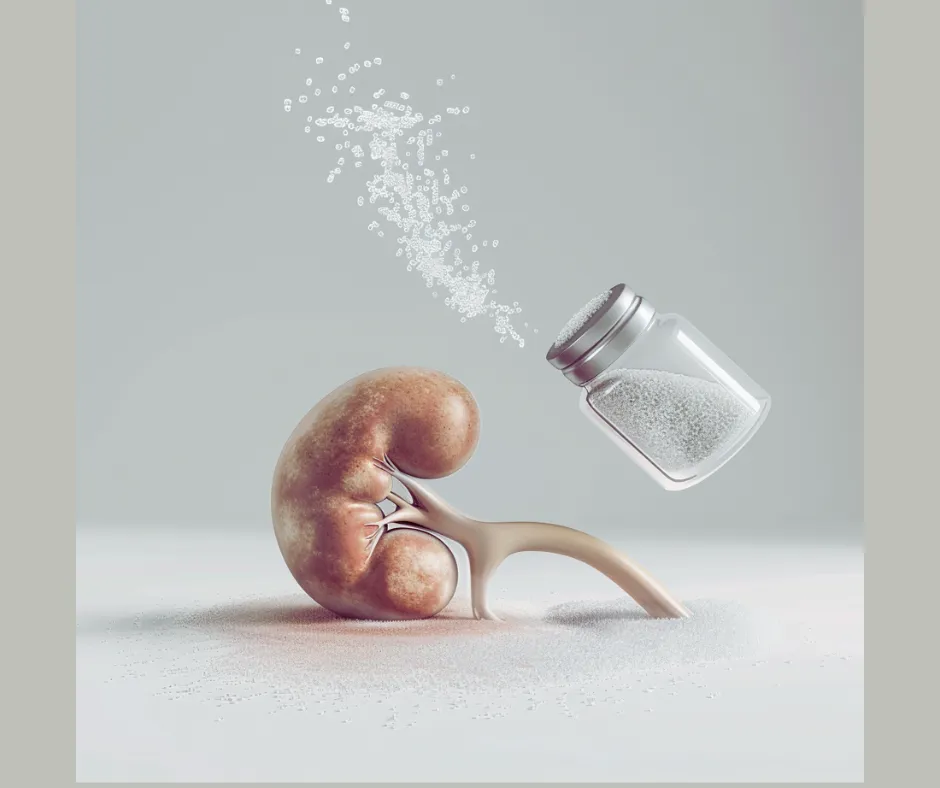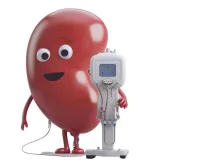
ON THE BLOG

Do I have to stop using Salt?
Sodium is a crucial mineral that plays a vital role in maintaining fluid balance, nerve function, and muscle contraction in the body. However, for individuals with chronic kidney disease (CKD), managing sodium intake is essential due to its impact on blood pressure and fluid retention. While it's important to limit sodium, completely eliminating it from your diet can be harmful. Understanding your daily sodium allowance and meeting that maximum is key to maintaining optimal health.
Why Sodium is Necessary: Sodium is essential for several physiological functions in the body. It helps regulate blood pressure, maintains the balance of fluids inside and outside cells, and supports nerve and muscle function. Without enough sodium, your body may experience electrolyte imbalances, which can lead to muscle cramps, weakness, and even seizures.
The Dangers of Too Much Sodium: In individuals with CKD, excessive sodium intake can lead to fluid retention, increased blood pressure, and worsening kidney function. High sodium levels can also contribute to the progression of heart disease, stroke, and other cardiovascular complications. Therefore, it's crucial to monitor your sodium intake and stay within the recommended limits.
Understanding Your Sodium Limit: The recommended daily sodium intake varies depending on your individual health needs and stage of kidney disease. Your healthcare provider or dietitian can help you determine the appropriate sodium limit for your condition. It's important to be aware of hidden sources of sodium in processed and restaurant foods, as they can contribute significantly to your daily intake.
While sodium is an essential nutrient, it's crucial to manage your intake carefully, especially if you have CKD. Understanding your sodium limit and meeting that maximum through healthy food choices and cooking practices is key to protecting your kidney health and overall well-being. Consult with your healthcare provider or dietitian for personalized recommendations and guidance on managing your sodium intake.
Not consuming enough sodium, which our bodies need to function properly, can quickly throw off your electrolytes.
Instead, we want to make sure we are consuming the maximum amount we are allowed per day.
TIP!
We want to focus on the larger grain types.
One teaspoon of kosher or coarse-grain salt contains about
1760 mg of sodium.
One teaspoon of standard table salt contains about 2330 mg
of sodium.
Big difference!
So, depending on what brand you are using, amounts will change. The size of the salt crystals is what makes a difference.
Make sure the salt is large grain and check the label to see how much sodium there is per serving.
Here's another tip: the Diamond Crystal Salt is the top option. However, it's often more expensive, and I struggle to find it!
If you can find it, grab it! It is worth the price because we use very little at a time.
A portion of all sales are donated to American Kidney Fund. Linda also donates to Puerto Rico Rise Up.
© How to Eat for CKD/CKD Culinary Consulting 2024 and beyond. All rights reserved.
Most Photos Created Using AI
All material appearing on this website (“content”) is protected by copyright under U.S. Copyright laws and is the property of CKD Culinary Consulting/How to Eat for CKD, or the party credited as the provider of the content. You may not copy, reproduce, distribute, publish, display, perform, modify, create derivative works, transmit, or in any way exploit any such content, nor may you distribute any part of this content over any network, including a local area network, sell or offer it for sale, or use such content to construct any kind of database. You may not alter or remove any copyright or other notice from copies of the content on this website. Copying or storing any content except as provided above is expressly prohibited without prior written permission of the site owner or the copyright holder identified in the individual content’s copyright notice. For permission to use the content on this website, please contact [email protected]

